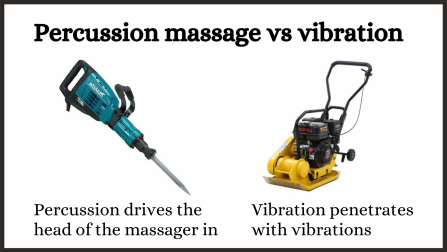The cause vs effects (symptoms)
Now you know what’s going on it’s a good time to look at cause vs effect.
The effects of sensitisation
For a start we’ve got pain, altered blood chemicals and all those other things sensitisation causes. They’re obviously effects. There’s a huge range of drugs and therapies that target these, but all they can do is help reduce your symptoms. There’s no way they can ever fix the problem.
The sensitisation
Next we’ve got the sensitisation itself. The drug companies have a range of drugs that basically suppress your nervous system, or to use simple terms turn down the amplifier. This works on the cause of the symptoms, but not the cause of the fibromyalgia itself. The big issues with this are you’ve still got whatever is causing the sensitisation in the first place, and as well as sending out abnormal signals your nervous system is still performing critical functions. The drugs can’t turn down one and not the other.
The cause of sensitisation
Now lets look at treating the cause, and as I mentioned earlier there are scientists who got it right. A bunch of scientists over the years have investigated and found that trigger points were a big problem, and how they cause sensitisation. They also did studies that found that compared with non-sufferers people with fibromyalgia were riddled with trigger points.
The final test was establishing cause and effect, and to find out what happens when you remove the cause. This study here it the key one where they did all that. What they did was get a bunch of fibromyalgia sufferers and inject their trigger points with anaesthetic, stopping them bombarding the nervous system with pain, and what do you think happened?
The fibromyalgia symptoms settled down across the whole body, even far away from the actual trigger points. The problem here is that anaesthetics only stop the pain for a limited time. I’ll cover how we get rid of the trigger points later. However, it did show two very important things. First it confirmed that trigger points were the major cause of the sensitisation that causes fibromyalgia symptoms, but most importantly when the cause of the sensitisation is removed your nervous system can go back to normal.
I’ll repeat that. When the cause of sensitisation is removed your nervous system can go back to normal. No more pain amplifying, no more abnormal nerve signals, and no more weird symptoms.







